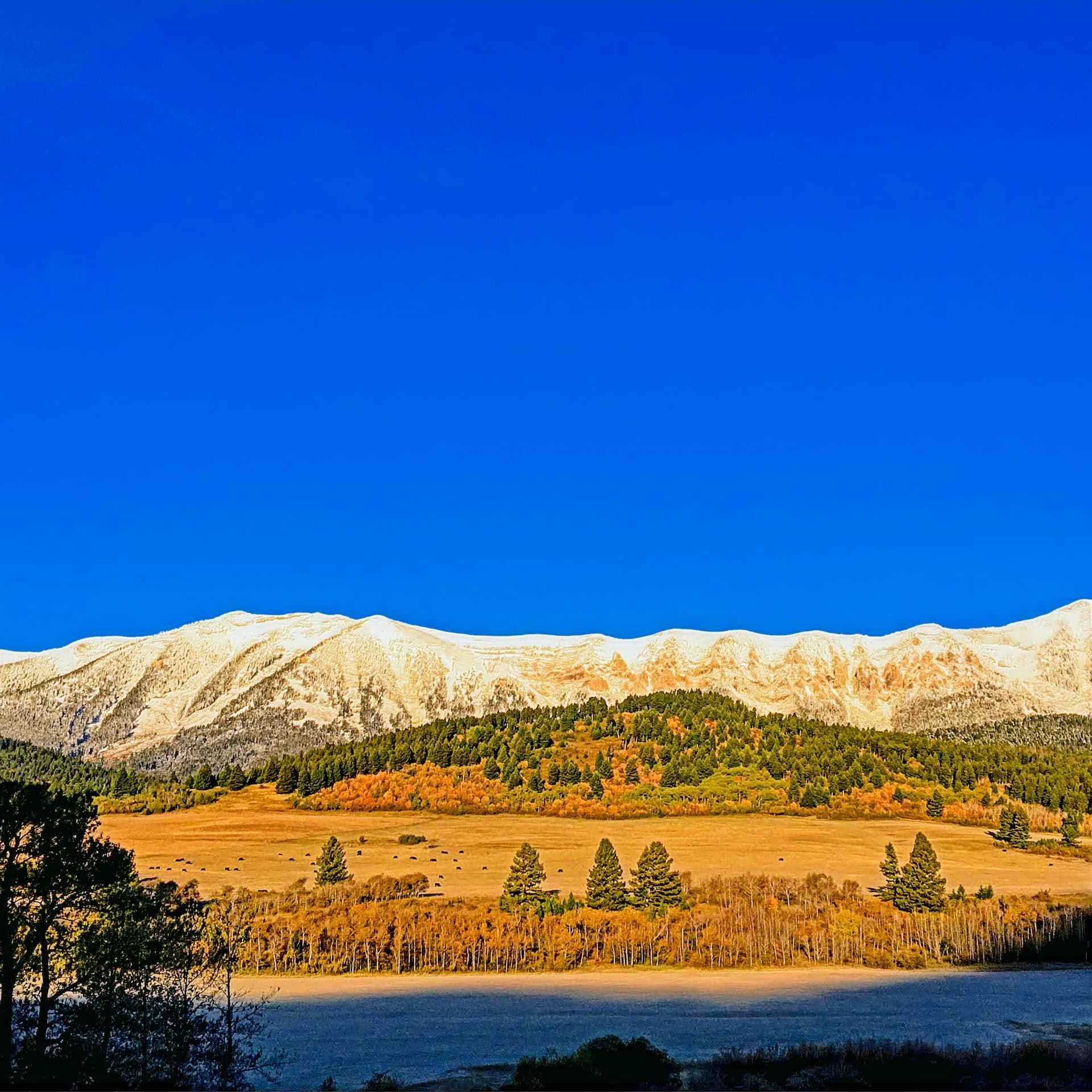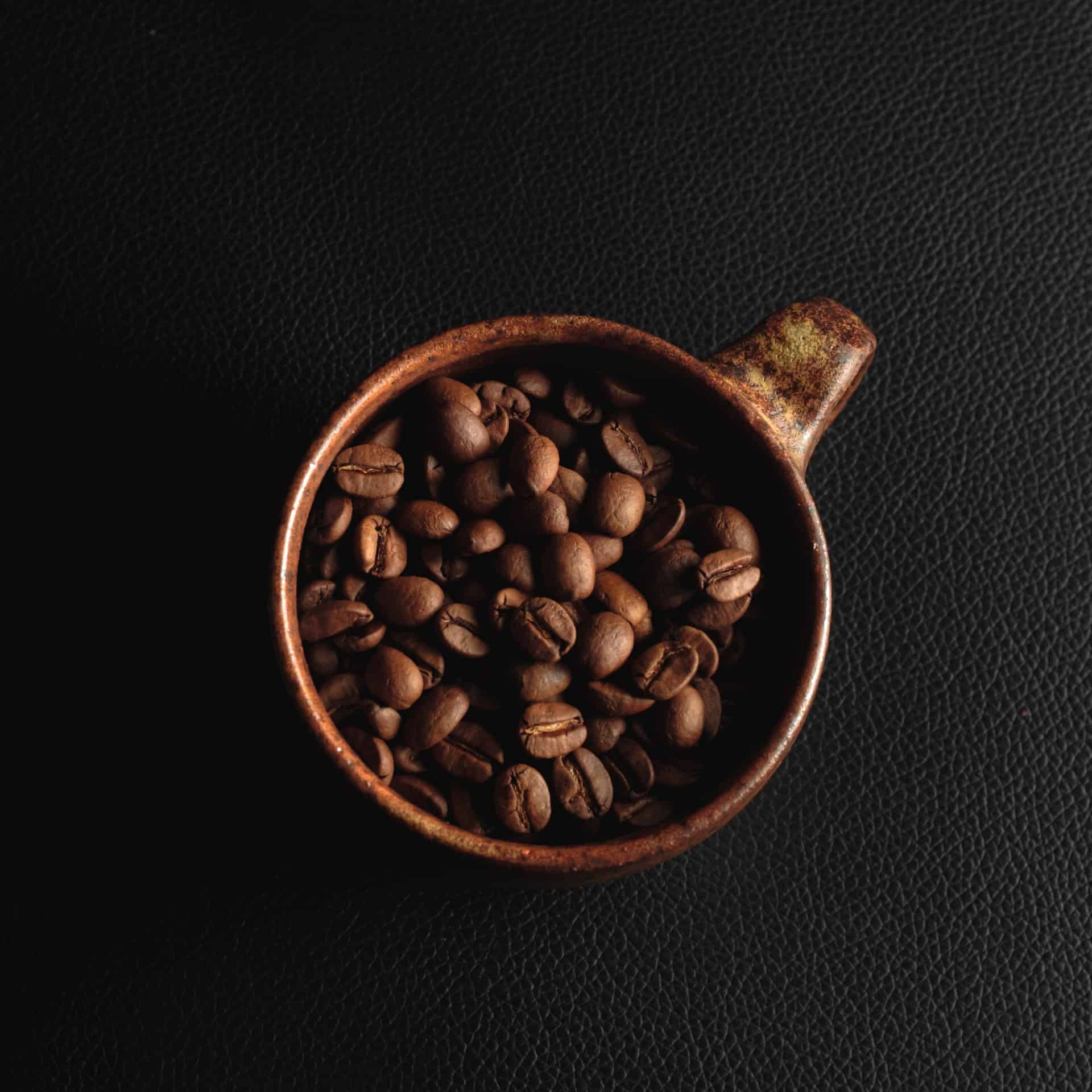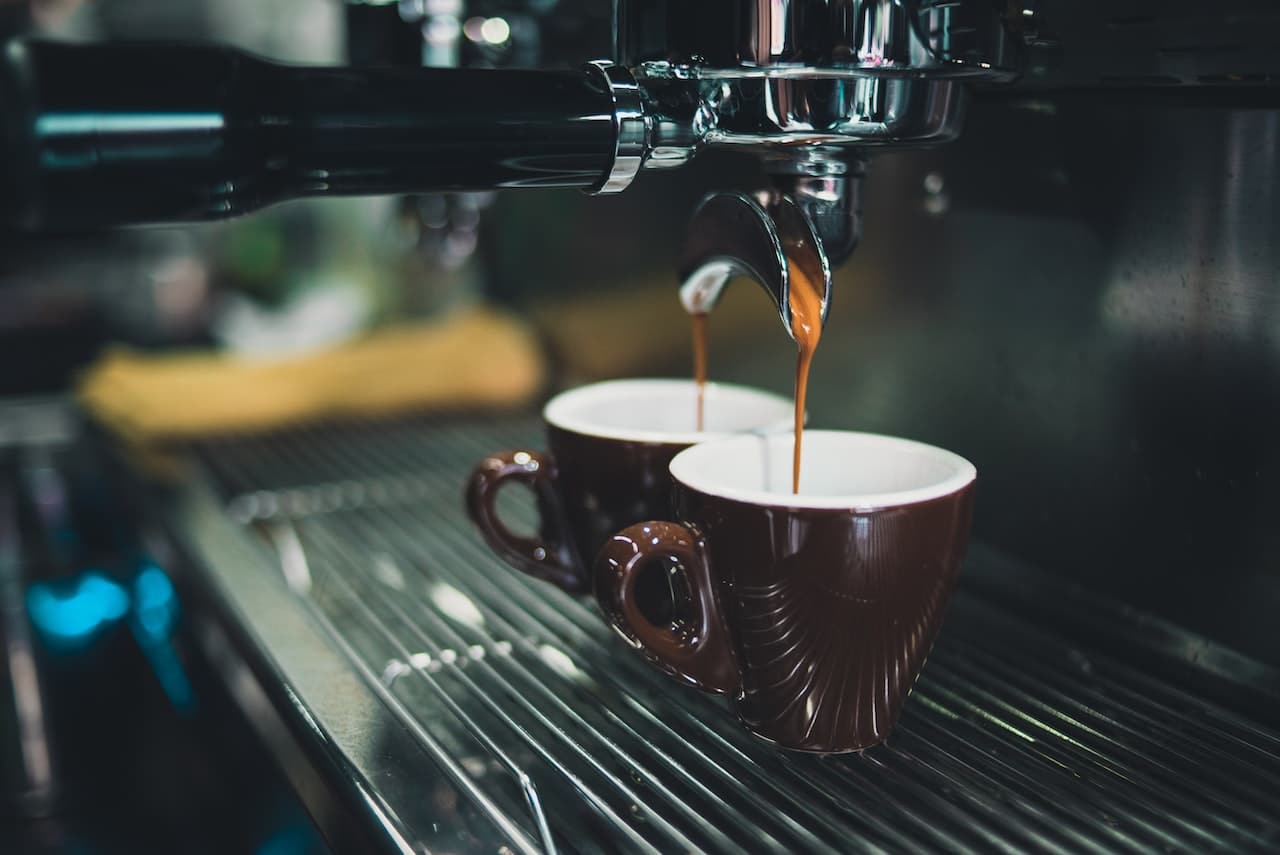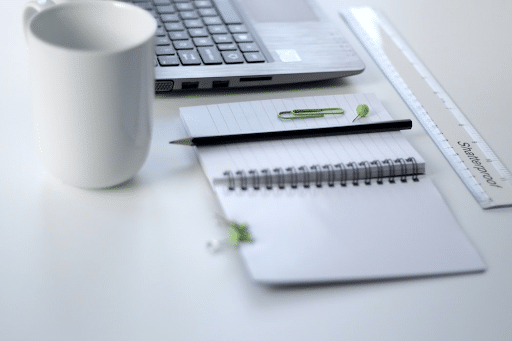Even if you aren’t preparing for a long day of riding fences and punching cattle, most of us can’t go without our morning cup of coffee.
Cowboy coffee is as American as apple pie. Traditionally, it’s brewed using hot water boiled over an open fire, so it’s a go-to for backpacking or camping coffee!
There’s no need for an actual coffeemaker with this coffee brewing method, but you will need a heat-resistant kettle or coffee pot.
Our brew guide will teach you how to make a perfect cup of cowboy coffee, whether you want to make it at home or out on the open trail (assuming there isn’t a fire ban in place!).
A Brief History of Cowboy Coffee

During the settlement of the wild wild west, cowboys were essential workers. They put in long days and sometimes nights, grazing cattle for big-time ranchers.
Cowboy coffee was likely started by chuckwagon cooks. A chuckwagon was originally a covered wagon used as a field kitchen to feed workers. They’d prepare it in a huge pot over an open fire, stirring it with a long spoon — no fancy equipment or electricity necessary!
Is it good coffee, though?
Cowboy coffee has a reputation for being thick and strong because it needed to keep workers energized all day (or night). But it doesn’t have to be a “cup of mud.” It’s a lot like making French press coffee, only without the filter.
Kent Rollins Tips for Brewing Cowboy Coffee
Kent Rollins is a modern-day chuckwagon cook with over 20 years of experience. According to Rollins, when made right, a good cup of cowboy coffee should be smooth, not bitter, and relatively low in acidity.
He recommends using a well-seasoned cast-iron coffee pot* that you never wash with soap, just hot water. If using a coffee pot with a spout, his other trick is to pour a little cold water down the spout after brewing to catch any grounds and settle them.
*You can search antique shops for cowboy coffee pots if you want something authentic, but Rollins recommends checking the bottom for holes before buying!
Was Cowboy Coffee Really Brewed Using Socks?
Typically, cowboy coffee is made without a filter, but the lore does mention some cooks using old socks to hold the grounds!
We don’t know about you, but we think a gritty cup of joe sounds more palatable than coffee boiled in a sock that’s been in a cowboy boot all day (or longer)!
The good news is:
Nowadays, you don’t have to choose between a sock or a mouth full of grounds. Instead, you can just buy cold brew filter bags off Amazon! Some of them are even called “coffee socks,” but you can rest assured no foot has ever been inside them.
And, if you’re ever out backpacking and feeling old-timey, go ahead and try a sock in your coffee — no judgment here. Just please remember, if you packed it in, pack it out (we might hold some judgment toward littering).
Explore Something New: Try a Turkish Coffee Maker
Grind Size and Coffee-to-Water Ratio for Cowboy Coffee
You’ll need coarse ground coffee, so buying pre-ground beans (usually a medium grind size) won’t really work here.
You can ask for a coarse grind anywhere that sells whole bean coffee and has a grinder, or finally get yourself that fancy electric burr grinder you’ve been eyeing for a while! Or, to stick closer to authenticity, get a hand burr mill grinder since there were no outlets on the trail (plus, you can take these ones camping!).
Cowboy cooks back in the day likely didn’t have measuring spoons and just “eyeballed” their amount of coffee and water. The modern-day suggested ratio is easy to remember: two tablespoons of coffee to eight ounces of water. Of course, you can always adjust this to your particular tastes; more coffee grounds for a stronger brew.
Make at Home: Nitro Cold Brew
Best Method for How to Make Cowboy Coffee

This is how to make great-tasting cowboy coffee at home, assuming you’re using a stovetop as the heat source for boiling water. If you’re out on a backpacking/camping trip, your heat source might be an open fire, just like the cowboys! (The brewing instructions will otherwise be the same whether you’re inside or outdoors.)
First, assemble your coffee-making essentials.
What You’ll Need:
- A percolator or just a regular old pot (large enough for however much water you’re using)
- Water, some for boiling, plus a cup of cold water for after brewing
- High-quality coffee beans, coarsely ground
- A measuring spoon
- Heat source
- A pinch of salt (optional)
- Strainer (optional)
Cowboy Coffee Recipe
Brew Time: ~4 minutes
- Measure your water into the pot and bring it to a rolling boil on your stovetop
- Once boiling, remove from heat and let it sit for 30 seconds to allow the temperature to drop a little
- Measure your coffee grounds into the water, 2 Tbs coffee for every 8 ounces of water (if you want to try the pinch of salt, this is the time to add it as well)
- Stir the grounds into the water and let the coffee sit for 2 minutes
- Stir again, and let coffee sit for two more minutes
- Sprinkle some cold water on the grounds to settle them and pour slowly so they stay at the bottom of the pot, or use a strainer when transferring into your mug*
- Optional: Saddle up Ol’ Trigger and go ride fences
*Don’t let your coffee sit in the pot with the grounds. For the best flavor, immediately decant it into something else, so it doesn’t over-extract.
Related: 11 Best Coffee Decanters [Benefits of Decanting Coffee]
Why Do Some Cowboy Coffee Recipes Call for Crushed Eggshells and a Pinch of Salt?
Adding a pinch of salt is an easy way to enrich the taste of your cup of coffee; it’s the so-called “secret ingredient” to making cowboy coffee! The salt will neutralize bitterness and add some density to the water.
Okay, so salt, we can understand, but crushed eggshells?
This one is not for the flavor; the eggshells are said to help pull the coffee grounds to the bottom of the pot. They may even reduce the acidity in your resulting cup of coffee because eggshells are alkaline.
They need to be fresh, raw eggshells, not shells from boiled eggs. So get your eggs cooking and crush those shells up for your breakfast coffee! (Afterwards, you can compost both the eggshells and the coffee grounds.)
Best Coffee Beans to Use for Cowboy Coffee
While you can use whatever coarsely-ground coffee you have on hand, espresso or dark roasts are the go-to choices for cowboy coffee. Lighter roasts are very nice for pour-over, but prepared cowboy-style tends to be too bitter.
If you want to stick with tradition, back in the day, Folgers or Arbuckles coffee was probably the brand that would’ve been in the chuckwagon. Arbuckles’s website even claims, “Arbuckles’ Ariosa Blend became so popular in the Old West that most cowboys didn’t even know that there was any other.”
However, we recommend you try one of the darker roasts from this list of the 9 Best Coffees to Make With a French Press to get started. Koffee Kult’s Road Dog sounds especially apt for this style of coffee making!
Or, since cold brew and cowboy coffee share a need for coarsely-ground beans, select a coffee from this listicle of 11 Great Brands for Cold Brew (not the pods or concentrate options, though!).
Weigh In: Moka Pot vs. French Press
Conclusion
Yeehaw! We reckon that’s everything worth sharing on the subject of cowboy coffee for now.
If you’re as caffeine-crazed as we are, you probably want to try coffee making every way possible. So whether you try cowboy coffee as a camper or from the comfort of your own cozy kitchen — we hope it adds some much-needed giddy-up to your morning!


![How to Make a Traditional Spanish Latte at Home [Coffee Recipe]](https://caffeinecraze.com/wp-content/uploads/2023/03/unnamed.jpg)

